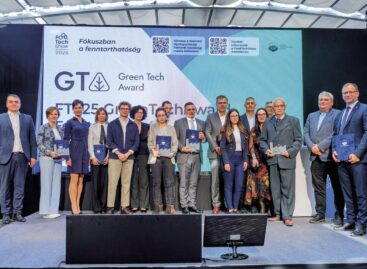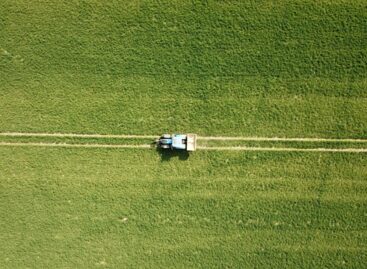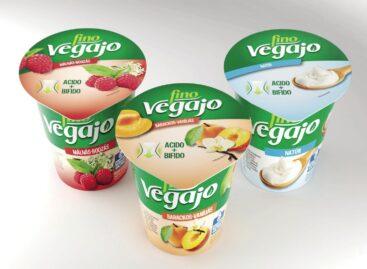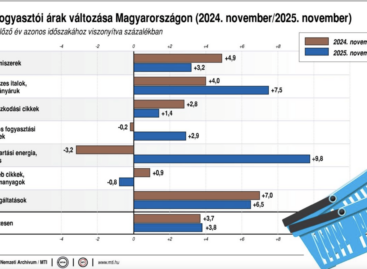The rabbit meat market: international trends and domestic challenges
Rabbit meat is one of the healthiest sources of protein, as it is low in fat, high in protein and easy to digest. Despite this, its consumption in Hungary is low, and the majority of production is export-oriented.
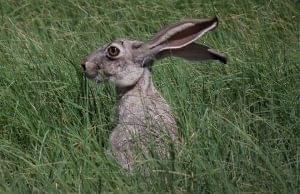 The world’s largest consumer of rabbit meat is China, which accounts for 62% of global consumption (925 thousand tons). This is followed by North Korea (154 thousand tons) and Egypt (57 thousand tons). In the European Union, the Czech Republic has the highest per capita consumption (3.72 kg/person/year), but Spain (1.09 kg/person/year), Slovakia (0.82 kg/person/year) and Italy (0.75 kg/person/year) are also significant consumers. Spain, Italy and the Czech Republic account for 57% of EU consumption. China is also the largest producer, accounting for 63% of global production, while Spain plays a prominent role in Europe (57 thousand tons).
The world’s largest consumer of rabbit meat is China, which accounts for 62% of global consumption (925 thousand tons). This is followed by North Korea (154 thousand tons) and Egypt (57 thousand tons). In the European Union, the Czech Republic has the highest per capita consumption (3.72 kg/person/year), but Spain (1.09 kg/person/year), Slovakia (0.82 kg/person/year) and Italy (0.75 kg/person/year) are also significant consumers. Spain, Italy and the Czech Republic account for 57% of EU consumption. China is also the largest producer, accounting for 63% of global production, while Spain plays a prominent role in Europe (57 thousand tons).
The situation of rabbit meat in Hungary
In our country, rabbit meat consumption is extremely low, only 0.4 kg/person/year, which is significantly below the European average. According to the National Chamber of Agriculture, Hungarians undeservedly neglect this valuable type of meat. The low demand is partly due to prices: for small producers, live rabbit costs 2,000 HUF/kg, bone-in meat costs 2,500 HUF/kg, while the price of ready-to-eat products in stores ranges between 3,000-5,000 HUF/kg.
Transformation of production
Hungarian rabbit farming has undergone significant transformation in recent decades. Before the 1990s, backyard production dominated, but after the change of regime, the cooperative system was abolished, which guaranteed the security of purchase. Backyard rabbit farming has declined as smallholders have been unable to compete with larger, industrial production.
The rise of large-scale rabbit farming has been driven by lower costs and large-scale production that can be adapted to market demand. The decline of backyard production has been further exacerbated by the ageing of the rural population, the emigration of young people, and the rise in feed and energy prices.
Export-oriented production
Domestic rabbit meat production is now almost entirely export-oriented, with 97% of production going to foreign markets. The main export markets are Italy (42%), Switzerland (26%) and Germany (20%). Significant developments have taken place in the sector in recent years, but economic challenges and the RHD epidemic have had a negative impact on production.
Related news
In addition to jelly and marzipan Christmas candy, there are more and more specially flavored Christmas desserts on offer
🎧 Hallgasd a cikket: Lejátszás Szünet Folytatás Leállítás Nyelv: Auto…
Read more >A green future at FoodTechShow
🎧 Hallgasd a cikket: Lejátszás Szünet Folytatás Leállítás Nyelv: Auto…
Read more >Competitive farming must be the answer to agricultural challenges
🎧 Hallgasd a cikket: Lejátszás Szünet Folytatás Leállítás Nyelv: Auto…
Read more >Related news
Új FINO VEGAJÓ plant-based yogurt alternative for gut health
🎧 Hallgasd a cikket: Lejátszás Szünet Folytatás Leállítás Nyelv: Auto…
Read more >The Hungarian Confederation of Economic Workers also spoke out regarding the inflation data
🎧 Hallgasd a cikket: Lejátszás Szünet Folytatás Leállítás Nyelv: Auto…
Read more >KSH: in November, consumer prices exceeded the values of the same month of the previous year by an average of 3.8 percent
🎧 Hallgasd a cikket: Lejátszás Szünet Folytatás Leállítás Nyelv: Auto…
Read more >

